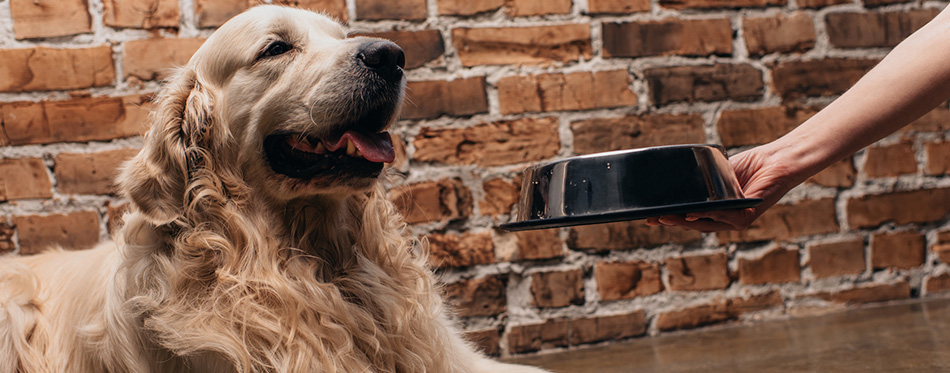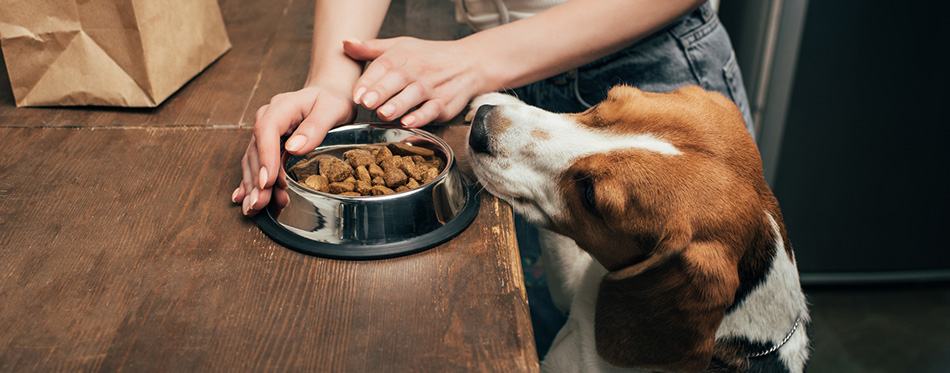Many dogs are pure bundles of joy. They can be as rambunctious as a toddler and as adventurous as a preschooler. While some dogs can contain their excitement, many are overeager to dig right into their food bowl during mealtime. This is quite annoying for many pet parents. If you have a dog like this, then you would want it to wait for its food bowl, too. Here’s how you can teach your pet to wait for its yummy meal.
Teach the Basics of Waiting
Like all dog training activities, teaching your pet to wait for its food bowl requires patience. It also requires consistency, especially in the marking of the desired behavior and the issuing of treats. Speaking of dog treats, always use something that your dog considers ‘very special’. Do not underestimate the importance of other ‘rewards’ like hugs, increased playtime, and words of praise. You can always use these together with the dog treat.
Always start with the basics. Your dog already associates its food bowl with something delicious. The first part of the training should be to use an empty dog bowl. Take an empty food bowl, making sure that your dog sees it. Also, make sure that the pet sees you putting a treat in the bowl.
Hold the food bowl in front of your chest. This allows your dog to see its bowl yet is high enough that the dog cannot reach it. Command your pet to assume the sitting position. As soon as your dog is sitting, say “wait” and begin lowering the bowl in a gradual manner.
Overexcited dogs will often stand up to meet the food bowl. If your dog does this, stop lowering the food bowl and go back to the original starting position. Tell your dog to sit again. The idea here is for the dog to learn to remain seated until its food bowl is on the floor or unless you tell it to eat.
This part of the training takes time so your patience is a must. It is crucial to never give the dog its food bowl and the treat inside if it cannot remain seated while you lower the bowl. Once the food bowl is on the floor, your dog will pounce on it right away. What you want is to train your pet to wait until you have stepped away from its food bowl.
Keep on practicing. Some dogs may require several days for them to master this behavior. Others may need a few weeks. Again, your perseverance is crucial.
Take a look at our review of Dog Whistles for more info.

Start Integrating the Learned Behavior in the Dog’s Regular Meals
If your dog already shows consistency in waiting for its food bowl, you can integrate this into its regular meals. Since this is still part of the dog’s training, do not use the entire feeding portion. It is best to serve only half of its meal. You can pour half a cup of its kibbles in the food bowl if your dog requires 2 cups every meal. You will have 4 training sessions using this setup. Make sure that the dog sees you pour its food in the bowl.
Lower the food bowl at the level of your knees. This will entice your dog to try and take its food immediately. It is also a good test to see if your dog can contain its excitement. It is always a good sign if your dog will not jump or rush towards the bowl.
If your dog rushes the food bowl, stand up as fast as you can. This will help teach your dog that rushing the bowl will only prolong its waiting. Be careful so that your dog will not knock the food bowl from your hands.
If your pet maintains its sitting position as you lower the bowl to the level of your knees, praise it and give some of its food by hand. Offer this to your dog and let it lick your hand. Make sure to shower your dog with praise as it eats the food in your hand. Continue this phase of the training until the dog is consistent in not rushing the bowl at knee level.
The next phase of the training requires the food bowl to be midway between knee level and the floor. Always observe your dog. If it rushes the food bowl, then it’s back to square one. If it contains its excitement, then you can reward it with its food and your praise.
The last segment in this training phase is the lowering of the food bowl on the floor. Again, it is critical to never allow your pet to rush the food bowl until you have set it on the floor. It will take several sessions for your pet to understand what it needs to do. For a wider selection of choices, check out our elevated dog bowls guide.

Use the Same Training Techniques in Giving Treats to Your Dog
Dog treats are special food items for pets. If your dog is not excited about its regular meal, giving it high-value treats will. These are special formulations that have better flavor and texture; that is why dogs love them. Your pet can contain its excitement over its regular meals. When it comes to delicious treats, however, the story can be different.
Use the same training techniques that we discussed above. Instead of using your pet’s regular food, put several pieces of high value treats instead. The strong scent of the treat will make your dog want to rush its food bowl. Do not allow it. Be quick in your response so that the pet will not be able to knock its food bowl from your hand.
Your pet should be able to control its excitement. It should know that it will not get its treat unless it waits for you to place the food bowl on the floor. Be patient; some dogs can learn the behavior faster than others.
Teaching your dog to wait for its food bowl takes time and a good amount of effort on your part. With perseverance and patience, you can help your dog control its excitement during mealtimes and snack times.

